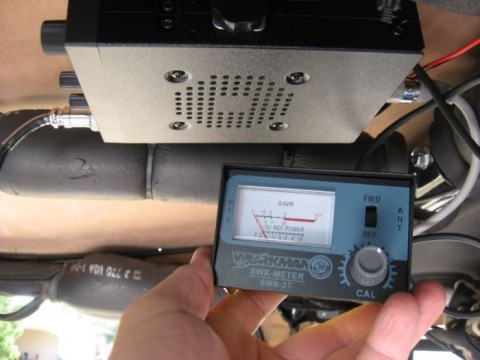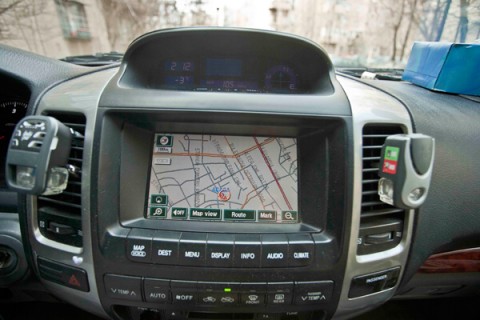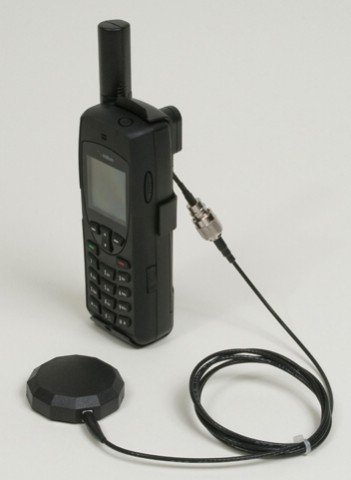
A lot of the times, while preparing a car for challenges or expedition, we tend to focus on the cars more than on the adjacent issues. But, since some are more important than others, the issue of communications in the car, between cars and with third parties came up in a discussion a few days ago. I started wondering ... if i bought a CB radio now, what would i expect from it? What would be the range i need it to communicate? Where would i fit it? What would be it's main use and would it be a wise investment?
To begin with, the CB radio market has spawned an infinite amount of models, of all shapes, sizes and qualities, with functions that are, more often than not " as in my case, not used at all. We currently have a Midland station on our Defender as well as two Presidents for the LC120 and for back-up, all of which have Sirio antennas. Each and every model is particular in it's own way, with some function or the other being unique but there are some which are farily common to all CB radios, regardless of the brand or price range. So, to clear the air, i thought it would be a good idea to present each and every function that the CB has, and describe it (making a little presentation of everything that took me months to understand):

1) Channel Selection: This is a pretty straightforward thing and is characteristic of all CBs. You can have the changes done by "Up" and "Down" buttons or have a dial of one shape or the other. For a comfortable regime of use, I would advise purchasing a radio that has the buttons on the mic as well (most do these days but some of the older ones don't)
2) Tuning: The radios have dials such as Mic Gain or RF Gain. The Mic Gain dial is used for microphone amplification, while RT Gain is used for adjusting the sensitivity of the receptor. The idea behind all of this is that the CB radio would allow for fine adjustments by someone more knowledgeable in the area of communications. In most cases however, the buttons are nothing more than a nuisance, reason being the fact that it's far too easy to set the buttons in such manner as to lower your radio's performance by accident. As a rule of thumb, they should be set to maximum and left that way, unless there is a point to it. Simple is always best and as far as an amateur CB radio user (such as myself and most off roaders really) these buttons should not be tempered with.
3) Squelch: This function allows for the reception of weaker signals from other radios. If the squelch level is increased, the chances for receiving weaker transmissions are bigger. However, apart from the transmissions, the antenna also captures a large amount of background noise and similar things. More expensive devices come with an automatic squelch function, which can be deactivated and who's purpose is to do just that automatically tune itself to incoming transmissions on a very fine level.
4) S Meter: it's a led bar or an analogue indicator that helps observe the level of the received signal for incoming transmissions as well as the strength of the one being emitted when talking.

5) Adjacent Functions:
- the Scan Function does pretty much what it says on the tin; scans your channels (usually forty of them).
- DW (Dual Watch) is a surveillance function, which enables the device to receive messages from two different channels, pre-programmable. It keeps switching between the two channels until a signal is received from either of them, and then locks on to the signal and subsequently, the channel.
- Memory Buttons are fairly simple to use. Usually a good long press locks one of your favorite channels on one of the memory buttons.
- Emergency Button is set to CH9/CH19 according to international regulations. CH9 is unanimously perceived as the emergency channel, while CH19 is used for "road issues". CH9 is particularly efficient since it's used as an emergency channel in almost all European countries and the possibility of getting in touch with a Police/Ambulance/Fire trucks.
- Echo is possibly the most useless function available. With very fine tuning it can improve your chances of being understood but more often than not it gives your interlocutor the impression that you're talking from a cave

6) The Multistandars System: With the introduction of the newer CBs, this particular thing has become incorporated by default in everywhere. The system allows the user to use the CB radio and be in accordance to requirements for different countries in the EU

CB Radio For Off-Roaders The Off-Roaders guide to choosing a CB radio - While not as commonplace as it was in the 70's, CB radios are still widely used by off-roaders as a primary source of communication.

Electronic Myths Off Road - For years, I had very little interaction with the electronic aspects in cars on off road tracks. The Land Rover I use had very simple systems, with only a ECU that managed piston synchronization, the electronic injection and a few other things. No ABS, no traction control or any of the newer things. And it did everything just as it should, perfectly.

Offroad Communications - Satellite Phones - Deep jungle. Rain. Broken differential. Truck stuck in the mud. No phone signal and nothing on the CB stations. Although this situation is not something most people would even consider ever being in, theres some of us who seem to think "This might happen to me". Of course, theres some other people who will smile and say "Oh! This has happened to me plenty!"